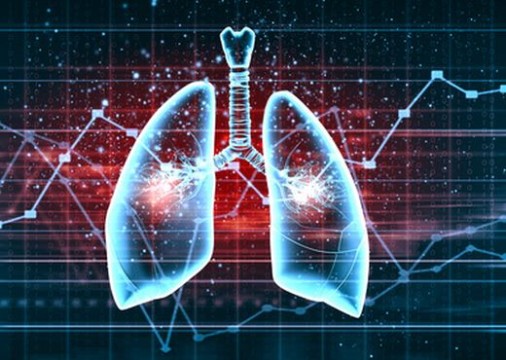Courtesy of Dr. Carlos Fava.
The presence of pulmonary hypertension (PH) is frequent in severe aortic stenosis. This can be classified in: isolated pre-capillary PH, isolated post-capillary PH, and combined post-capillary and pre-capillary PH.

At present, little research has looked into the disease from this perspective.
The study looked at 1400 patients and divided them into 4 groups: 658 had no PH (mPAP< 25 mmHg), 139 had isolated pre-capillary PH (mPAP ≥25 mmHg and capillary wedge pressure ≤15 mmHg), 534 had isolated post-capillary PH (mPAP≥ 25 mmHg and capillary wedge pressure >15 mmHg), and 69 combined post-capillary and pre-capillary PH (mPAP≥ 25 mmHg, capillary wedge pressure >15 mmHg and pulmonary diastolic gradient ≥7 mmHg).
Mean age was 81 and 46% were men. The 3 groups with PH had more prevalence of AS and more comorbidities.
Read also: Pulmonary Hypertension: No Reason for TAVR Contraindication.
Procedural success was 94.9%, with no differences in leaks, stroke, bleeding, vascular complication and kidney failure. In hospital mortality was higher in patients presenting isolated pre-capillary and isolated post-capillary PH.
12 month and 4 year follow ups showed lower mortality in patients with no PH vs those with PH [at one year 13.8% vs 23.4% (p<0.001) and at 4 years 37.2 vs. 51.5% (p<0.001)].
At one year, mortality was nearly twice as high patients with isolated pre-capillary HP, and patients with isolated post-capillary PH experienced a 1.5 mortality increase vs. those with no PH. There were no differences in survival in patients with PH.
In 25% of patients with isolated pre-capillary PH and isolated post-capillary PH the process was reversible, which was associated with better survival. This did not happen in patients with combined post-capillary and pre-capillary PH.
Functional class improved at follow up in all groups. Mortality predictors at one year were age, glomerular filtration, COPD, stroke, cardiac index, PH, isolated pre-capillary PH, and isolated post-capillary PH.
Conclusion
Patients with isolated pre-capillary and isolated post-capillary PH showed higher mortality after TAVR compared to patients with no PH. Reversible PH did no show benefits except in patients with isolated pre-capillary PH.
Hemodynamic stratification of PH helps predict risk and AS patient response after TAVR.
Courtesy of Dr. Carlos Fava.
Original Title: Impact of Pulmonary Hypertension Hemodynamic Status on Long-Term Outcome After Transcatheter Aortic Valve Replacement.
Reference: Jury Schewel, et al. J Am Coll Cardiol Intv 2019;12:2155–68.
Get the latest scientific articles on interventional cardiologySubscribe to our weekly newsletter
We are interested in your opinion. Please, leave your comments, thoughts, questions, etc., below. They will be most welcome.





